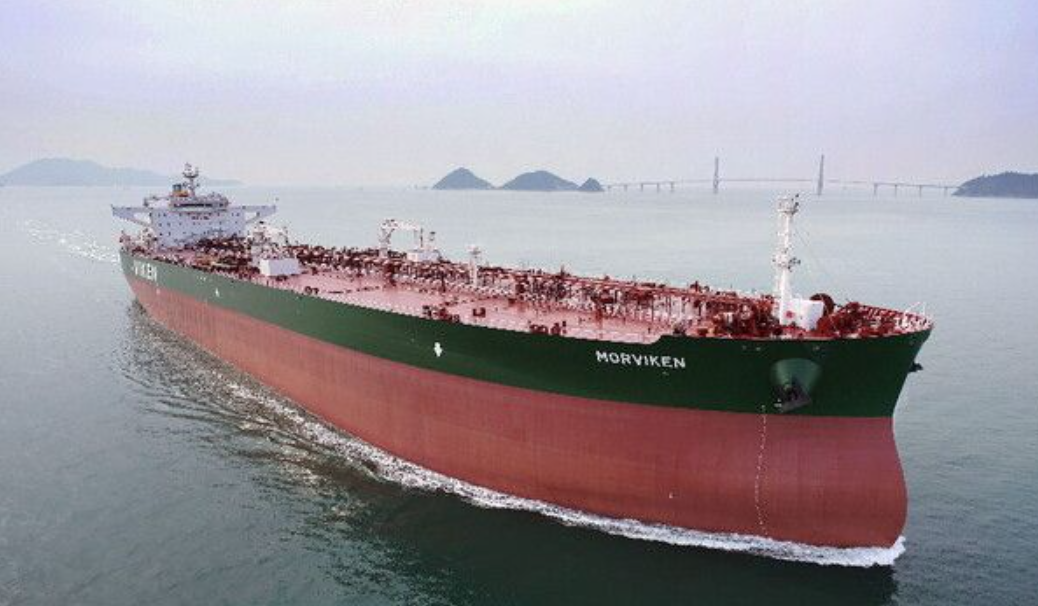On October 23, Samsung Heavy Industries announced its third-quarter 2025 results.
During the reporting period, its third-quarter net profit is 140.3 billion won (approximately US$97.7891 million), a year-on-year increase of 96.5%. Quarterly operating profit is 238.1 billion won (approximately US$165.9557 million), compared to 119.9 billion won (approximately US$83.5703 million) in the same period last year. Sales increased 13.4% to 2.63 trillion won (approximately US$1.833 billion).

Samsung Heavy Industries stated that the increase in operating profit primarily stemmed from reduced revenue from low-margin container ships, coupled with the product mix optimization effect driven by increased orders for high-margin vessels—specifically offshore engineering projects.
As of the third quarter of 2025, Samsung Heavy Industries reported cumulative revenue of 7.8 trillion won (approximately US$5.437 billion) for the first three quarters, with cumulative operating profit reaching 566 billion won (approximately US$3.945 billion).
Samsung Heavy Industries expects its annual revenue for 2025 to exceed the initial target of 10.5 trillion won (approximately US$7.319 billion) as the proportion of shipbuilding and offshore orders secured during the post-2023 ship price recovery cycle increases.
As of October, Samsung Heavy Industries has secured orders for 27 new ships worth $5 billion this year. In the merchant ship sector, it has completed US$4.3 billion (74%) of its US$5.8 billion target orders. While the offshore engineering sector has only secured US$700 million in orders, it plans to complete the Coral FLNG and Delphine FLNG orders within the year to achieve its US$4 billion target.
By vessel type, the order includes 7 liquefied natural gas (LNG) carriers, 9 shuttle tankers, 2 ethane carriers, 6 crude oil tankers, 2 container ships, and a preliminary contract for offshore production facilities.
Samsung Heavy Industries analysis indicates that regarding future shipbuilding market prospects, LNG carriers are expected to maintain an annual order volume of 80-100 ships through 2027, driven by the approval of U.S. LNG export projects and rising cargo volumes. Container ships and tankers are projected to benefit from environmental regulations and the demand for replacing aging ships.
Regarding FLNG, considering the robust medium-to-long-term LNG demand outlook and the ongoing development projects, stable orders are expected to continue.
A Samsung Heavy Industries official stated, “Considering the current order progress in both commercial vessels and offshore engineering, we expect to achieve this year’s order target”, emphasizing that “going forward, we will continue to enhance profitability based on high-quality orders”.


